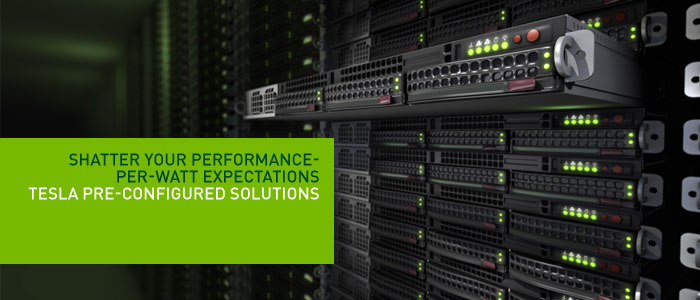ok, so since you were confused on that from your posts, i feel i should just keep on going and go through the entire innards of a computer.
A graphics card is a separate chip of sorts whos only goal is to calculate the positions of pixels on your screen. Graphics cards are sometimes referred to as video cards, because back in the day (you know like 8 years ago, psh who remembers anything from that long ago) people had to have video cards to play videos, since CPUs were not fast enough to play videos. Nowadays they are used solely to accurate graphical programs such as video games, 3d design, and more recently movie and picture editing.
so heres a picture of a desktop graphics card
as you can see its pretty much a box, but if get into the innards of the heat spreading box, you will find a bunch of magical technerds computer your video game models...
(before I go on, virtual cookie for the person that names what the name of the card above is)
ok so I lied its just more computer stuff. Basically a video card is almost like a mini computer whos only purpose is to render videos. It has its own set of memory chips (RAM, refer to previous post =D) and a processor. All the data is outputted thought either a DVI, VGA or S-video outputs...who uses svideo these days.... isn't that like 20 years old? Anyhoo this video card is connected to your motherboard(next weeks word?) through either a AGP (accelorated graphics port, old slot) or a PCI, which sadly i do not know what it stands for off the top of my head... but just take my work that it is pretty much the standard for different video cards these days.
So enough about how the card looks, how does it do its job exactly. Well the in depth explanation would probably span about 3 pages of this blog and since no one really cares, ima be my usual lazy self and simplify things as much as possible.
Lets take things one step at a time.
Video and picture rendering. Basically your graphics card loads the pixel locations for the video or pictures in its memory allowing it to be played back when necessary. Hopefully you already know that pictures are made of tiny tiny pixels (just realized my audience so i might have to explain that...crap). Each pixel needs an information on its color and its location. Now pictures are usually made up of millions of pixels that need to be displayed in the correct order to show the actual picture and now of big blob of colors like my first grade finger paints. Hmmmm I feel stupid after writing all this because after writing all this down I kinda realized that graphics cards dont have much to do with pictures and videos.... poop....
oh well moving on, rendering 3d models.
Ok now we come to the main reason we have graphics cards. Surprisingly its not to buy the most fancy ones to brag them to people(cough Dylan Terry cough). A 3d model is usually rendered by taking the data from the model file and making it on the graphics card. Think of making a 3d model like making a skyscraper or something. First you gotta build the frame. In 3d models this is the wireframe
kitty?
This wireframe makes up the frame, not surprisingly, of the model you want. Now computers use triangles to make the frame. I kinda forget/don't know why they use triangles, but i think it has to do with it being easier to manipulate. idk... If we showed this on the screen it would look like the kitty above with us seeing through it and only seeing the lines.
Next the graphics card adds textures to the traingles on the wireframe. Basically its like those color by number books that i loved as a kid.... i could never color inbetween the lines............ but i digress. This step is basically color by numbers on steroids. Your graphics card has to fill up every tiny triangle with a color and texture. After its done, you should have a 3d model of cat
awwwwwwwww cute kitty
ok great we have a cat, but things aren't that interesting if they aren't moving, unless they are dead... but thats another story. So to make motion, we has the same relationship as pictures are to video. We just render lots and lots of these single frames and play them back fast enough to trick your eyes into seeing motion. Which if i recall correctly is only 13 frames per second... kinda slow if you ask me.
This process is how all those cool Pixar animated movies are made. except those use huuuuuuuge nvidia tesla computers to render them at ridiculous high resolutions
see those? every single one is a rack of 4 Tesla GPUs with each able to put out 102 GB of data per second.... yeaaaaaaaaaaaaaaaaaaaa i want one...
ok so this is really really looooooooooooong and i wanna get back to watching community so ima end it here by saying graphics cards are cooooooooool.





